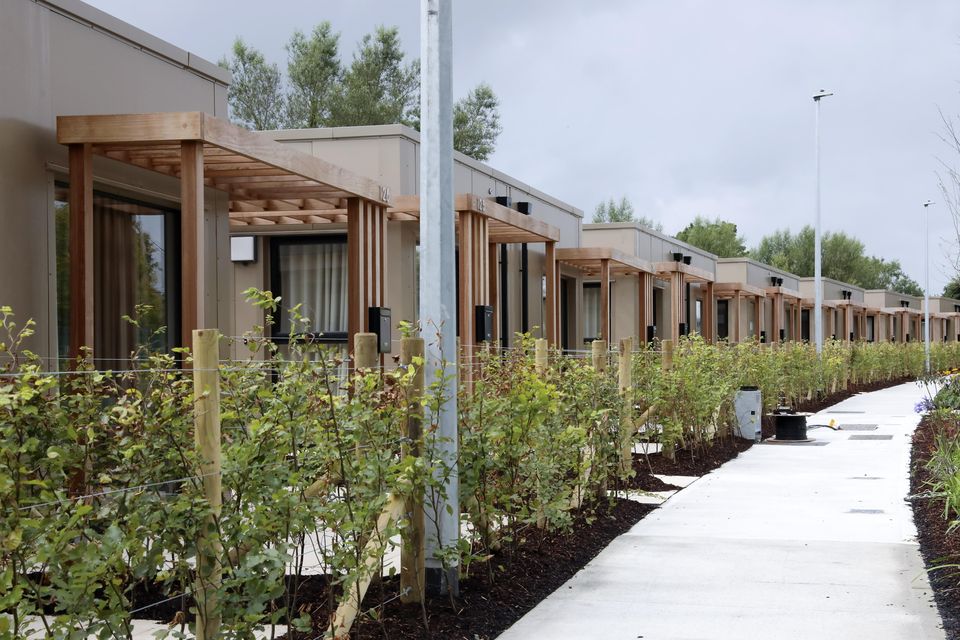
Challenges in Modular Construction: Essential Guide to Understand
The concept of modular construction is rapidly transforming the architectural landscape. With promises of efficiency and sustainability, it poses a significant solution to modern-day building demands. However, alongside its benefits, there are notable challenges in modular construction that call for attention and innovative solutions. Understanding these barriers is essential for home enthusiasts and industry professionals who are keen on adopting this modern approach to building.
Delving into the realm of modular construction, the journey is both promising and daunting. The complexities involved, particularly the challenges in modular construction related to logistics, cost, and regulatory frameworks, make it a topic worthy of thorough exploration. This article will provide an in-depth look into these challenges, helping you navigate this intricate field with optimism and insight.

The Concept of Modular Construction
Understanding Modular Construction
Modular construction refers to a process in which a building is constructed off-site, under controlled conditions, and then transported and assembled at the final location. This method can lead to energy-efficient homes and reduced waste. The key differentiator is the manufacturing facility where the separate modules are constructed, akin to an assembly line in a factory.
Advantages of Modular Construction
The primary allure of modular construction lies in its potential for sustainability, speed, and cost-effectiveness. By significantly reducing on-site construction time, builders can minimize the environmental footprint of their projects. Moreover, modular homes can be designed and constructed to meet various needs, catering to both low-carbon and high-efficiency standards.
Primary Challenges in Modular Construction
Logistical Challenges of Transportation
One of the most pressing challenges in modular construction is transportation logistics. Since the modules are built off-site, they must be transported to the building site. This process requires careful planning to ensure that the modules can be delivered without damage and assembled seamlessly.
Regulatory and Approval Obstacles
Another significant challenge is navigating the maze of regulatory and approval processes. The fact that modular construction is different from traditional building methods often means that local building codes need to be revisited and adjusted to accommodate these newer technologies. This approval process can delay projects and add unexpected costs.
Cost Implications
While modular construction is often touted for its cost-effectiveness, the initial setup can be expensive. The upfront investment in technology, skilled labor, and factory setup can deter smaller builders. Additionally, transportation and assembly costs add to the overall budget, especially if the construction site is remote or lacks infrastructure.
Influence on Urban Development
Adapting to Urban Needs
The shift to modular construction significantly impacts urban development. Cities looking to expand rapidly see modular construction as a viable method to meet demand. However, the technology must adapt to urban constraints, such as limited space and the need for vertical expansion.
Integration into Urban Planning
Integrating modular buildings into existing urban environments poses aesthetic and architectural challenges. Planners and designers must work together to ensure that new structures complement the existing cityscape rather than clash with it. This is crucial to gaining community acceptance and achieving sustainable city expansion.
Environmental and Sustainability Considerations
The Eco-Friendly Aspect
Though modular construction promises a reduction in construction waste and environmental impact, challenges persist. Ensuring the materials used are sustainable and that factories minimize their carbon footprints is essential. The journey towards truly green modular construction requires ongoing innovation and effort.
Energy Efficiency and Resource Management
Energy efficiency is at the forefront of modular construction innovation. The challenge lies in creating homes that are not only energy-efficient but also resource-resilient. Solutions are being developed continuously to enhance the ability of these structures to retain energy, manage resources effectively, and reduce operational costs over time.
Technological Advancements and Modular Construction
Role of Technology in Overcoming Challenges
Technology plays a vital role in addressing many of the challenges in modular construction. Innovations in design software, manufacturing technology, and logistics planning are helping to streamline the modular building process, making it more efficient and cost-effective.
Future Technological Trends
Looking to the future, advancements in robotics and automation hold the promise of further reducing costs and improving the precision of modular construction. Embracing these technologies will be crucial for the industry’s growth and its ability to overcome existing barriers.
FAQs
What is the primary advantage of modular construction?
The primary advantage of modular construction is the ability to construct buildings faster and more efficiently, often at a reduced cost. This method significantly reduces the environmental impact by minimizing on-site waste and allowing for better control over building quality.
How does transportation affect modular construction?
Transportation is one of the significant logistical aspects of modular construction. Safe and efficient delivery of modules to the construction site is crucial to prevent damage and ensure seamless assembly, impacting the overall success and costs of the project.
How do regulations impact modular construction?
Regulations can significantly impact modular construction by determining what is permissible in terms of design and execution. Laws and guidelines specific to modular buildings help manage safety and quality standards but can also introduce delays if they are not aligned with this building approach.

Impact of Modular Construction on the Future
Despite the apparent challenges in modular construction, the future looks promising. With the constant evolution of technology and a focus on sustainability, this approach is likely to overcome current barriers. As regulatory frameworks evolve and more builders recognize the benefits, modular building is set to become an integral part of our architectural future.
In conclusion, while there are numerous challenges in modular construction to consider, the possibilities it presents for a greener, more efficient built environment are substantial. More insights on this evolving field can be explored in detail via sources such as Architectural Digest and the Tiny Modular Homes segment at The Good Home.
This article contains affiliate links. We may earn a commission at no extra cost to you.